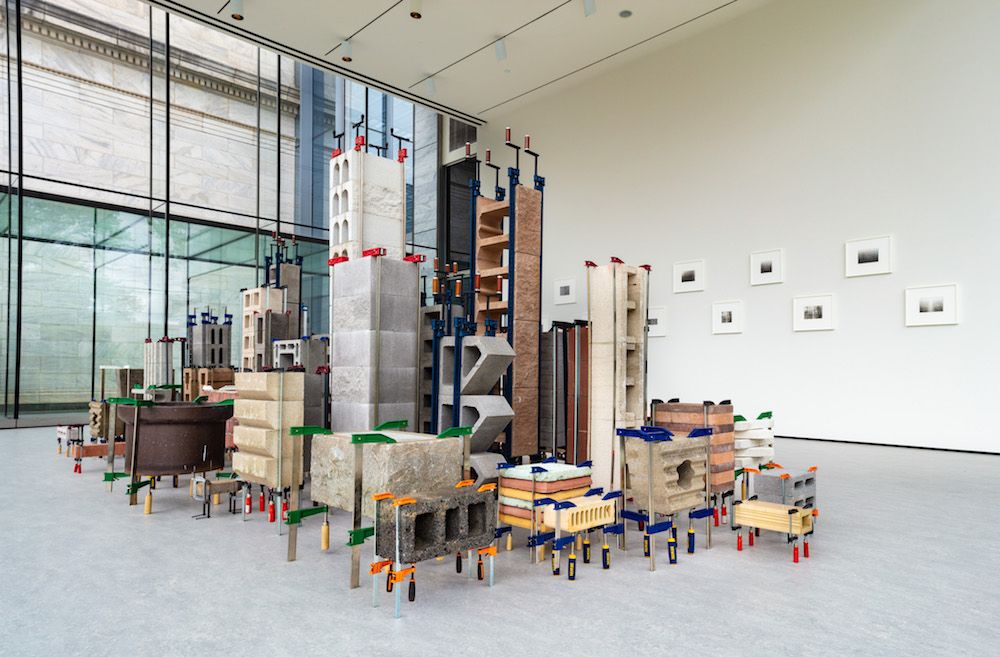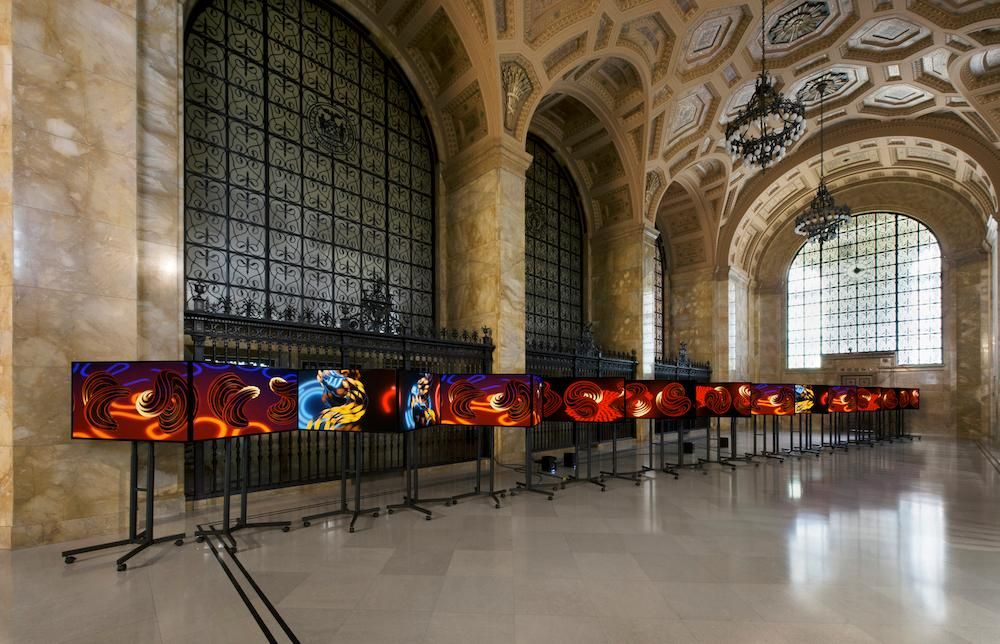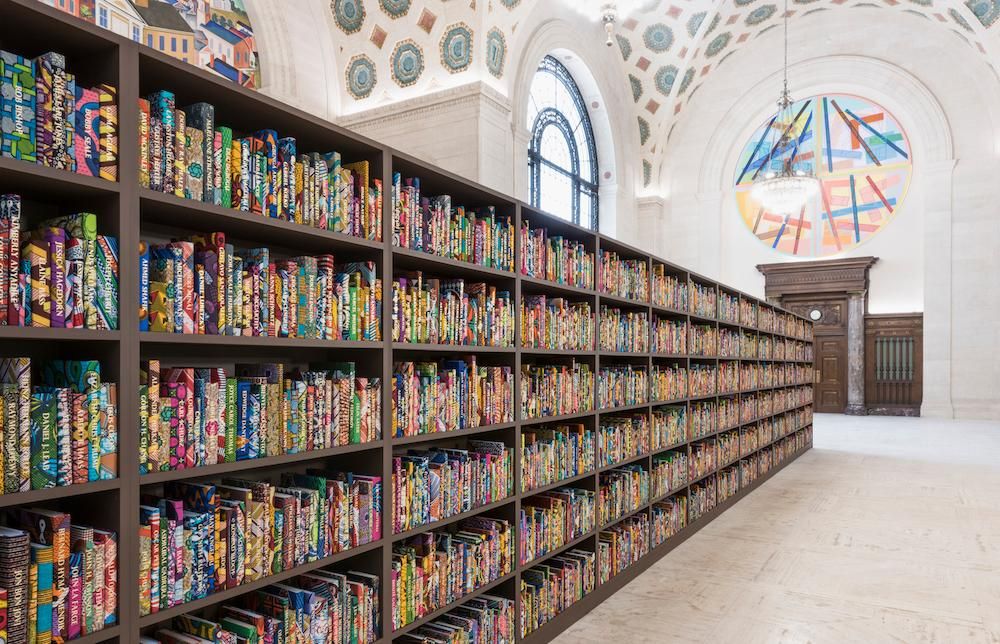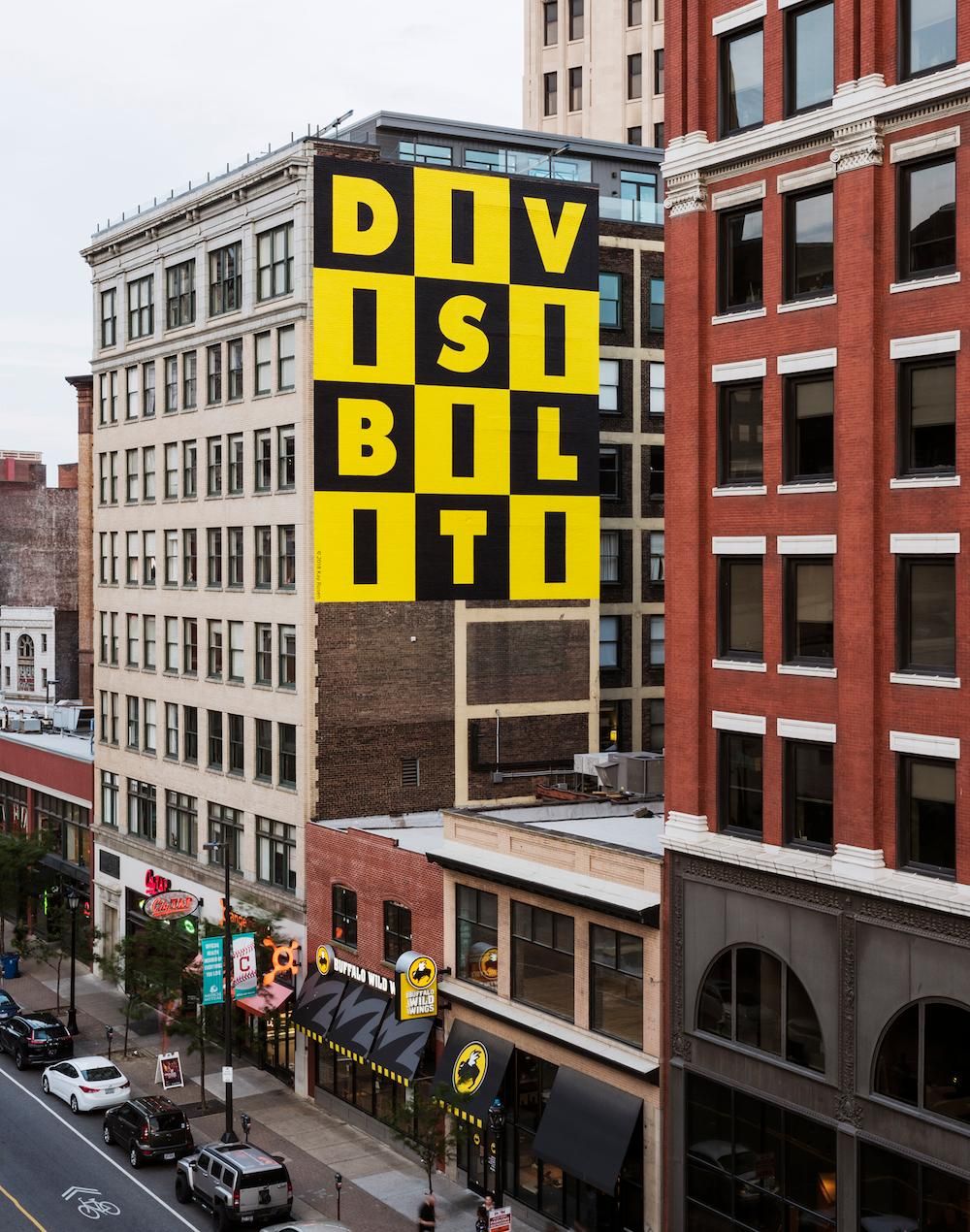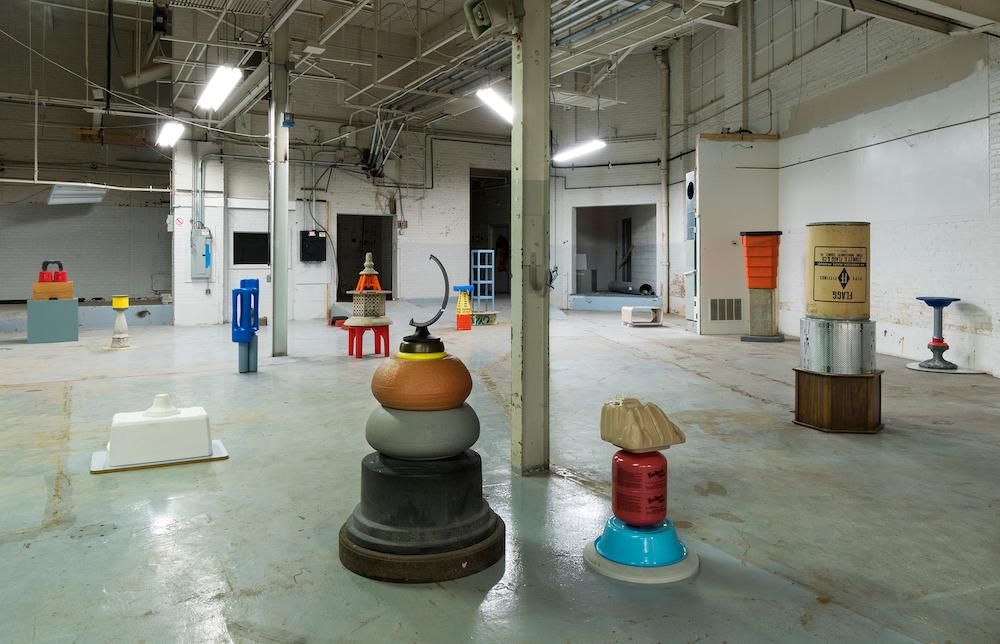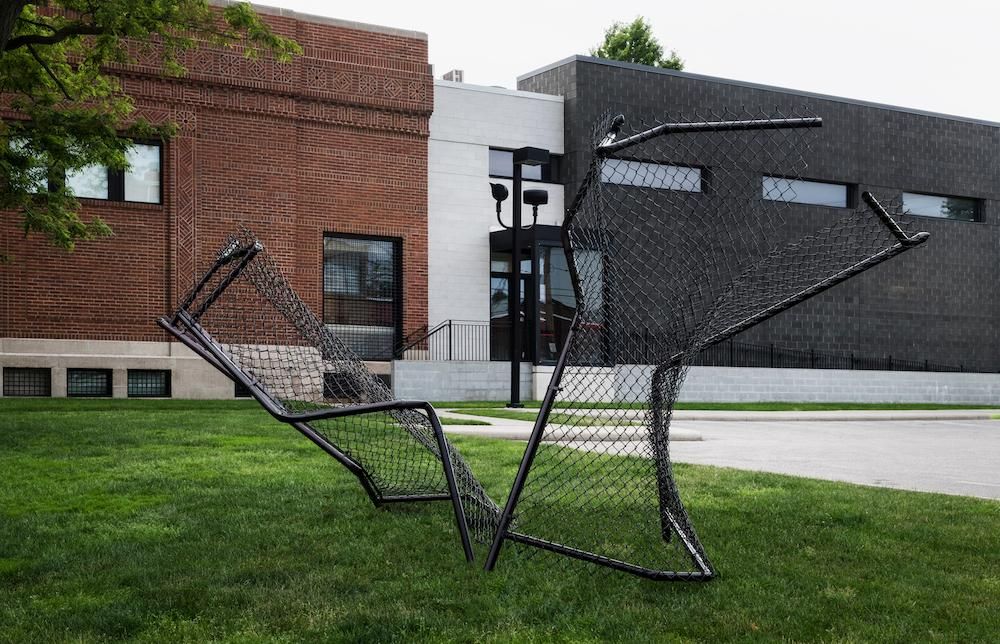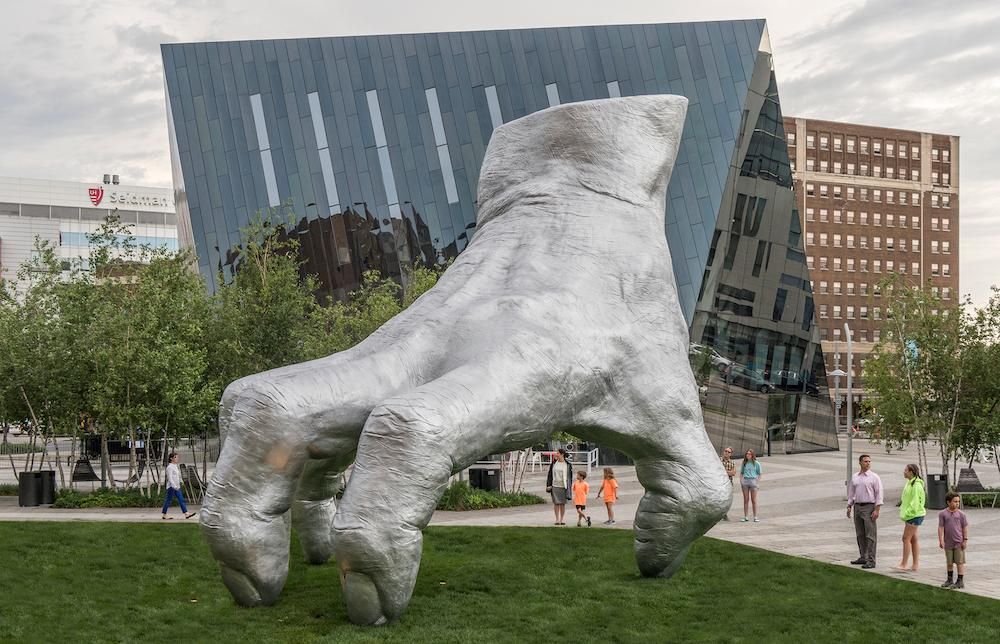Works by Over 100 Contemporary Artists Take Over Cleveland
The citywide FRONT International festival is the largest event of its kind in North America
/https://tf-cmsv2-smithsonianmag-media.s3.amazonaws.com/filer/53/a5/53a5b825-bc38-49b1-a2c0-978b00169dc8/front_tobysplaza_tonytasset_press2.jpg)
This summer, Cleveland joins the ranks of Venice, Miami, Berlin and other global cities known in the art world for their citywide art exhibitions with the introduction of FRONT International: Cleveland Triennial for Contemporary Art. Kicking off July 14 and continuing through September 30, the inaugural event features the work of more than 100 local, national and international artists at some of the city and region’s most respected institutions, including the Cleveland Museum of Art, Museum of Contemporary Art (MOCA) Cleveland, the Cleveland Clinic, Playhouse Square, Oberlin College and the Akron Art Museum.
An art festival of this caliber is a first for Cleveland and is the largest event of its kind in North America, making it an ambitious jump for a city whose art scene is often overshadowed by Chicago, New York City and Miami.
Michelle Grabner, FRONT’s artistic director and an artist herself, sees it as a pivotal step in putting the city and region on the art world map. To take this objective from idea to reality, Grabner focused on the idea of community and what makes a city An American City—the festival’s theme—by building a network of artists and institutions that would work in tandem to create a sense of unity that permeates throughout the city and region.
“FRONT is not only an exhibition, but it’s also an experiment in collaboration and partnership that weaves through neighborhoods and communities as readily as it populates civic institutions and landmarks,” Grabner tells Smithsonian.com. “Responding to the city’s dynamic social web, each artist brings moral, social and emotional perspectives to the conditions that shape the idea of the city.”
In the months leading up to the event, FRONT created a yearlong residency for a dozen artists inside a renovated building that once served as a medical facility for Glenville, a low-income, predominately black neighborhood located about five miles east of downtown Cleveland. Inspired by the idea of bringing often overlooked neighborhoods and underutilized locations into the conversation, Grabner and her team then searched for other places throughout the area that might not typically fit the mold as spots to view artwork. These include a Transformer Station built in 1924, the retired William G. Mather Steamship docked on the coast of Lake Erie and the still operational Federal Reserve Bank of Cleveland.
In creating their works, many artists sought inspiration directly from the venues housing their creations. For example, Yinka Shonibare MBE, a British-Nigerian artist from the United Kingdom, partnered with the Cleveland Public Library for “The American Library,” an installation of 6,000 hardback books whose covers he wrapped in colorful African wax cloth, each book’s spine emblazoned in gold with the names of first- or second-generation immigrants to the United States who have made important contributions in the country’s arts and sciences communities. The expansive piece also features the names of “immigration dissenters who opposed such ideas,” and includes an interactive element that invites viewers to add in their own immigration stories and photographs by posting on Instagram with the hashtag #FRONTart2018.
Another example is a video installation by American artist Philip Vanderhyden, who created a 15-minute video loop that spreads across an accordion of two-dozen flat-screen monitors housed inside the gilded lobby of the Federal Reserve Bank of Cleveland. To create his animations, Vanderhyden used design elements taken from the Beaux-Arts building’s interior along with publications put out by various financial institutions to explore the American financial system.
“When I was asked to participate in FRONT, it was a dream scenario for me,” Vanderhyden says. “I’ve always shown my work in galleries, and it tends to get seen by a certain group of people, but this work came out of a lot of my own personal anxieties about money.”
Both pieces are the first logical step in creating an open dialogue on the many political, social, racial and economic subjects that have taken center stage throughout Cleveland and other cities across the United States. A dialogue that contains all voices.
FRONT International will be on display now through September 30. For more information, including a full list of artists, venues and events, click here.
Planning Your Next Trip?
Explore great travel deals
Smithsonian magazine participates in affiliate link advertising programs. If you purchase an item through these links, we receive a commission.
